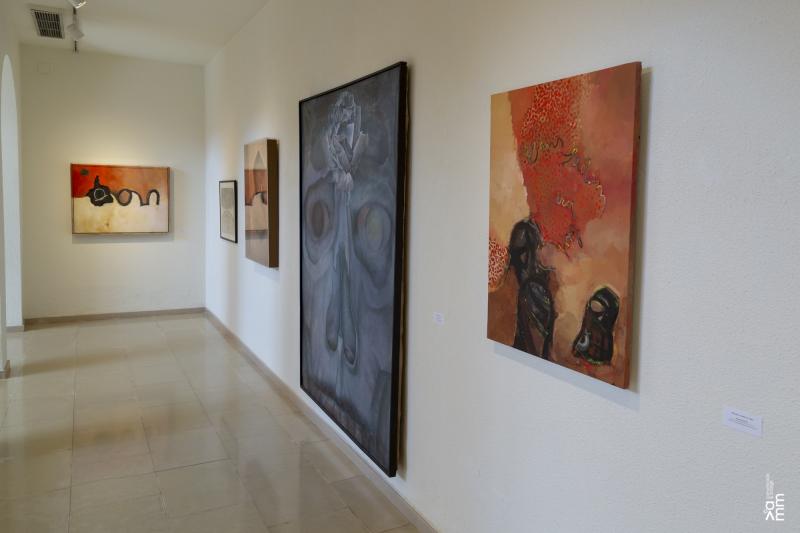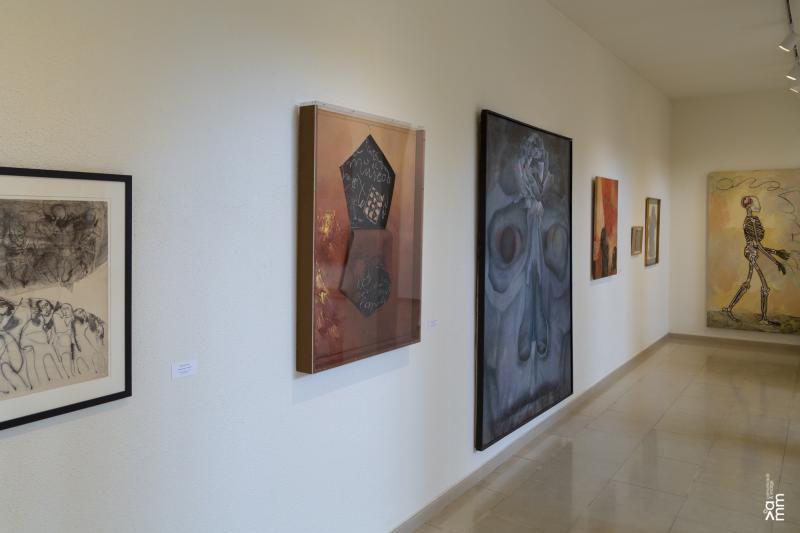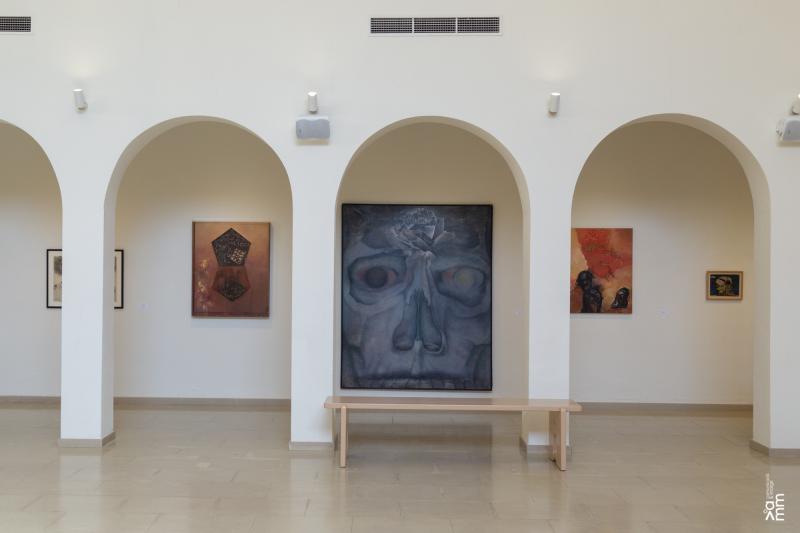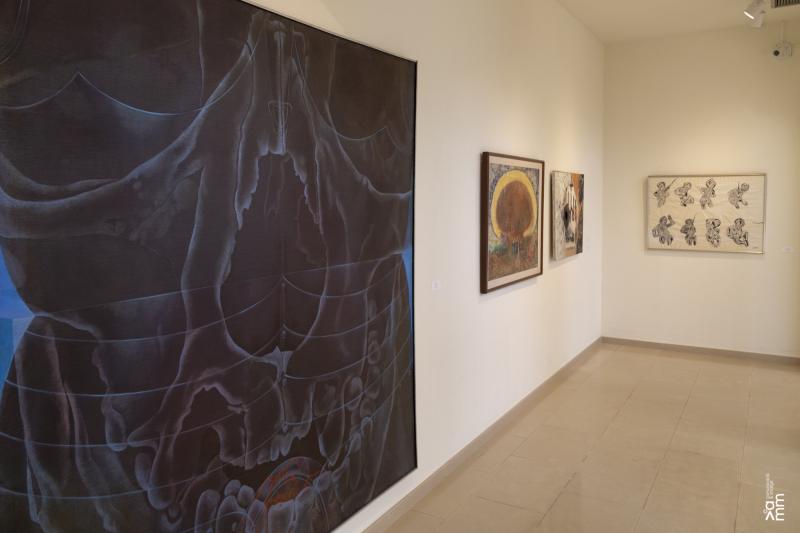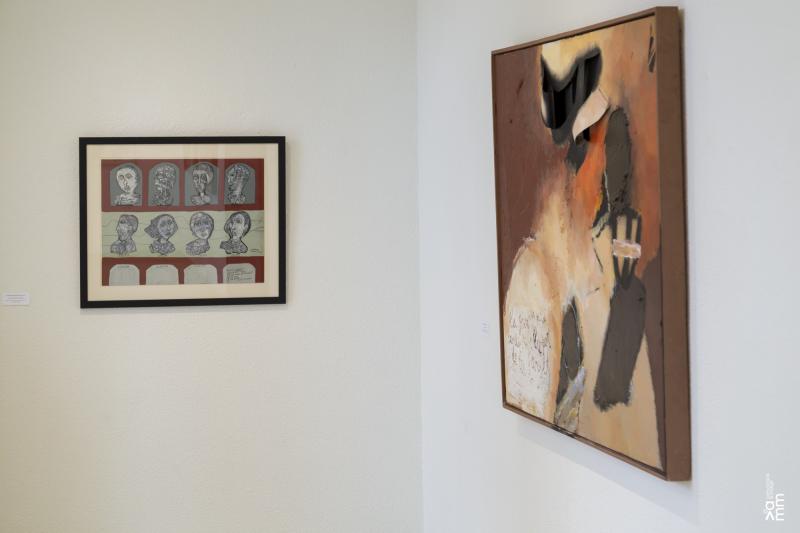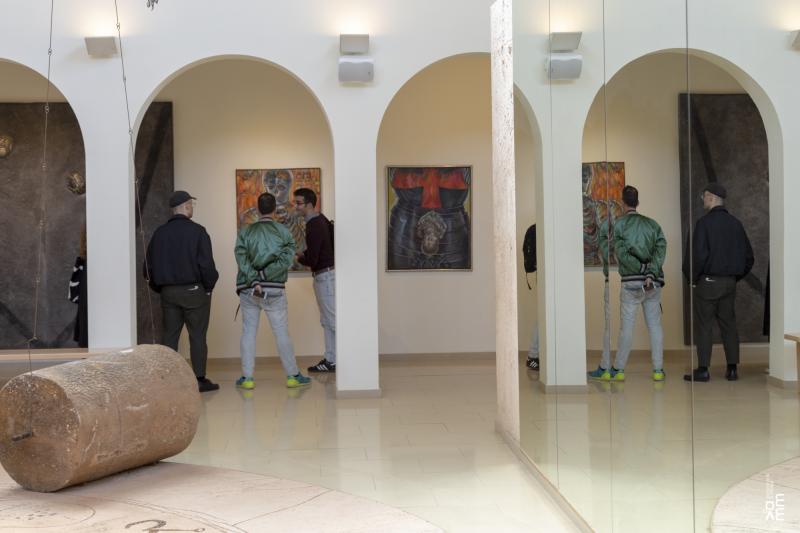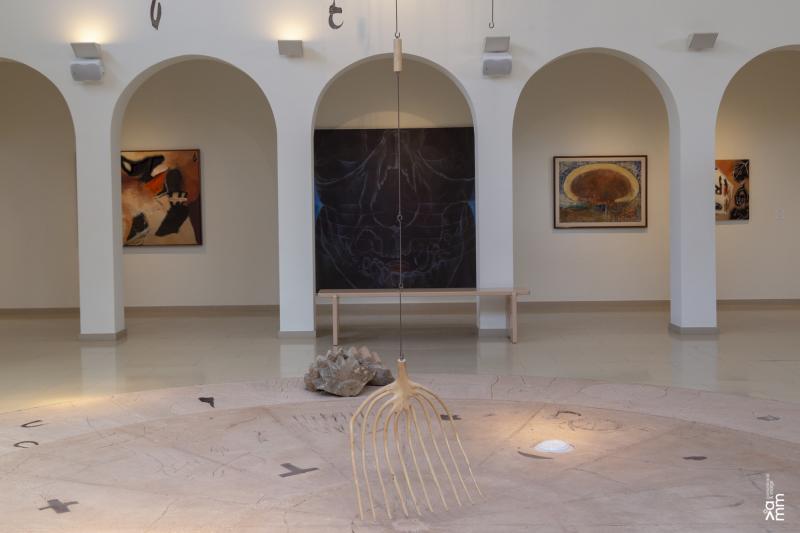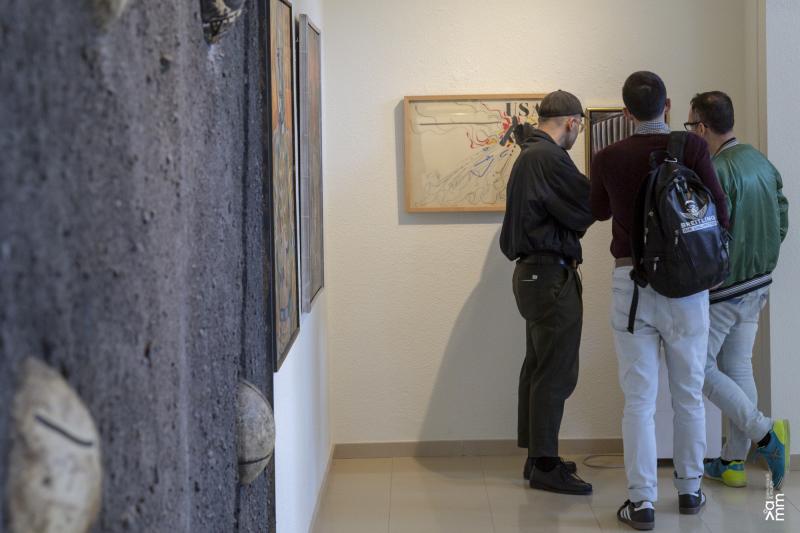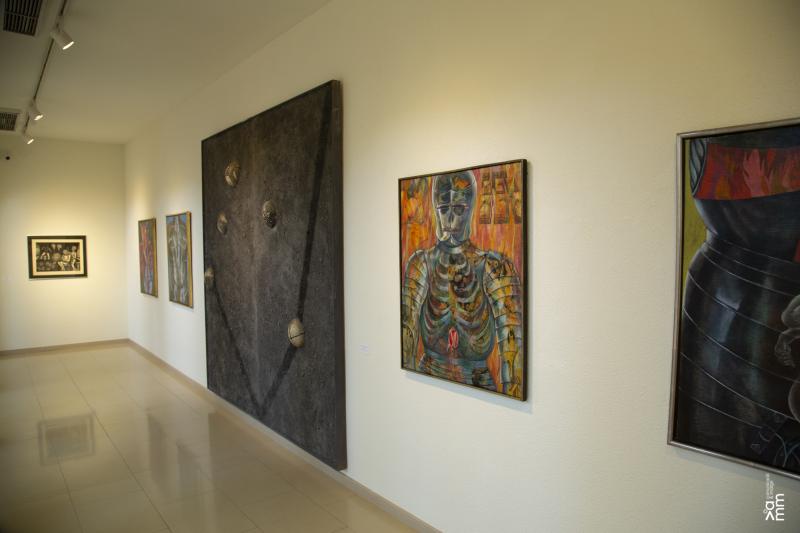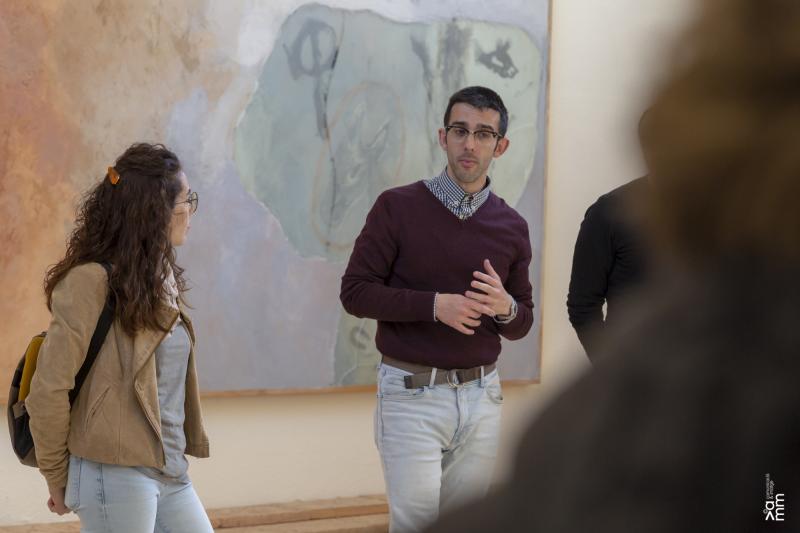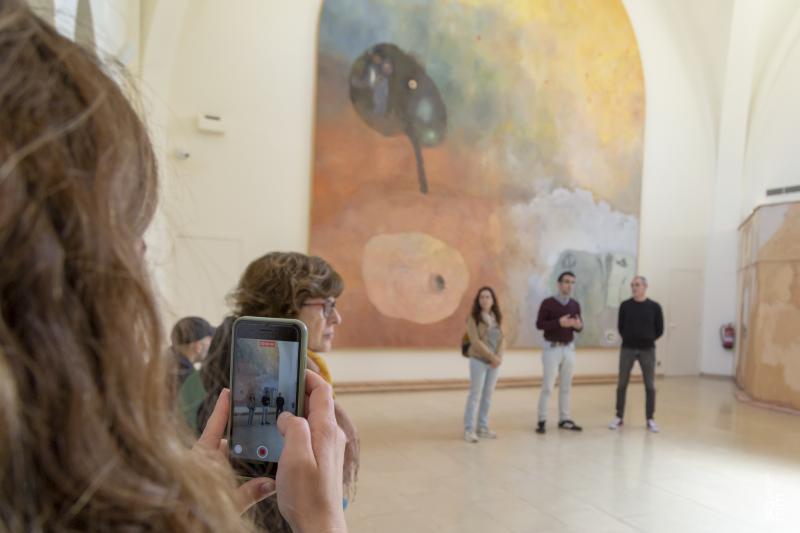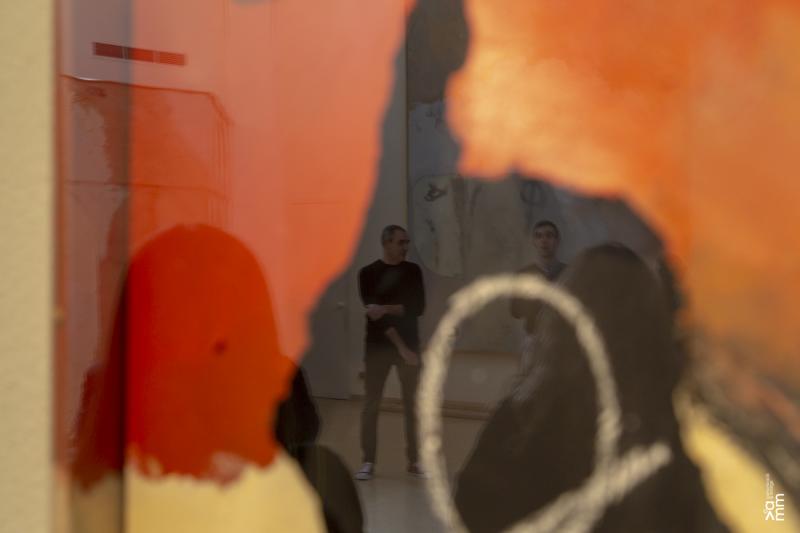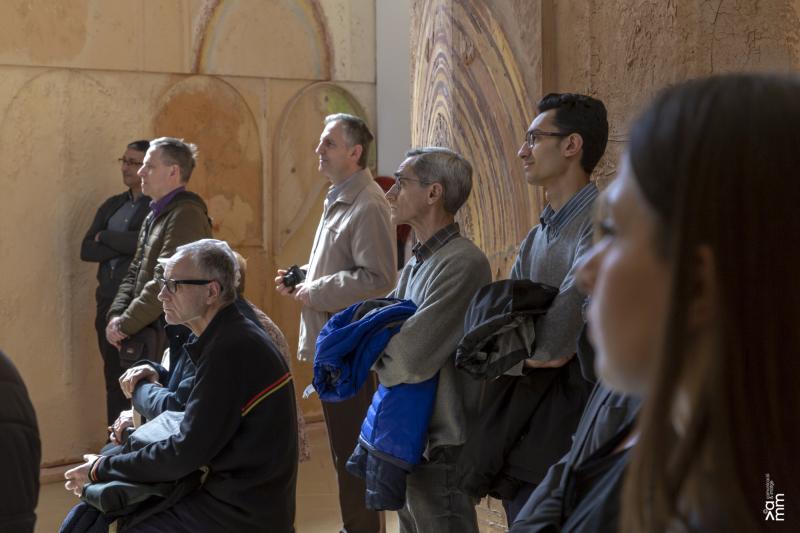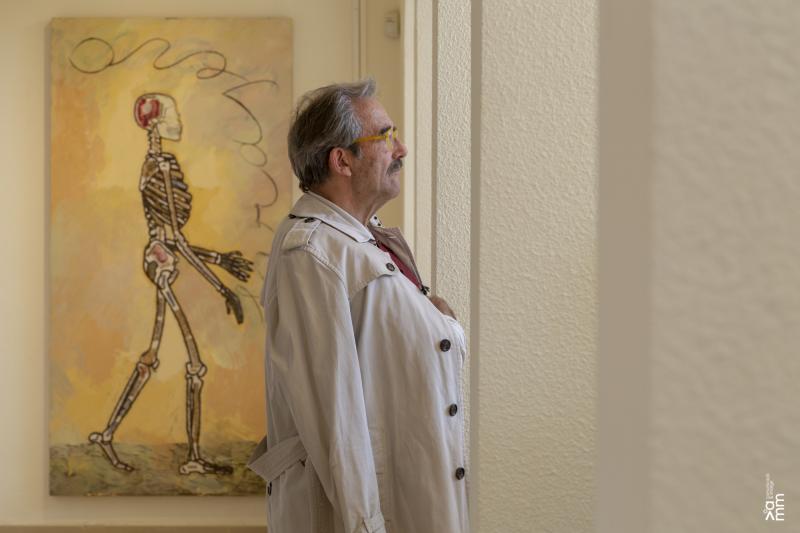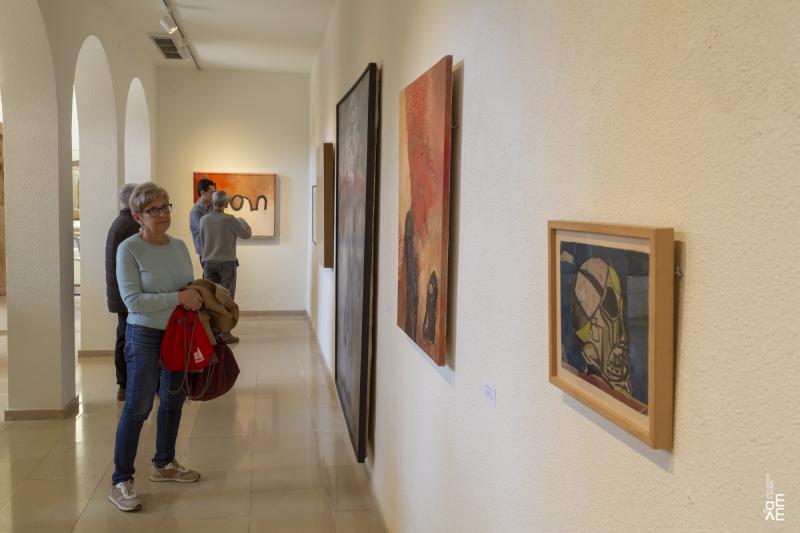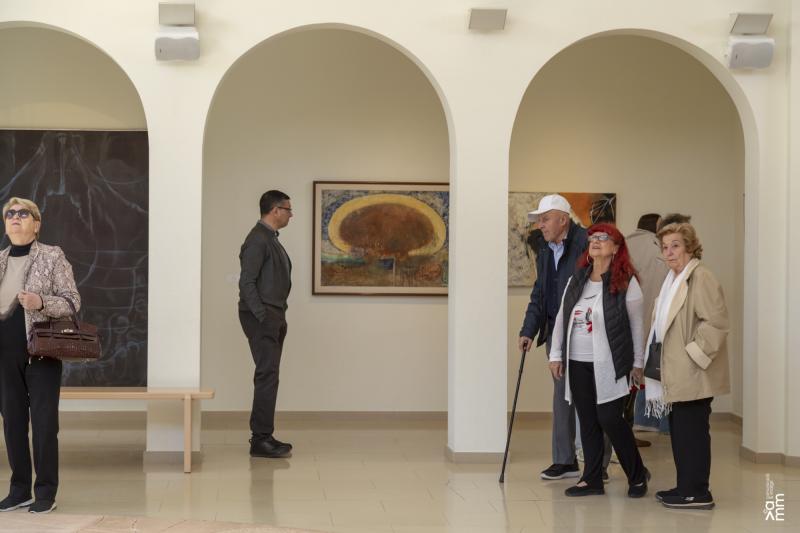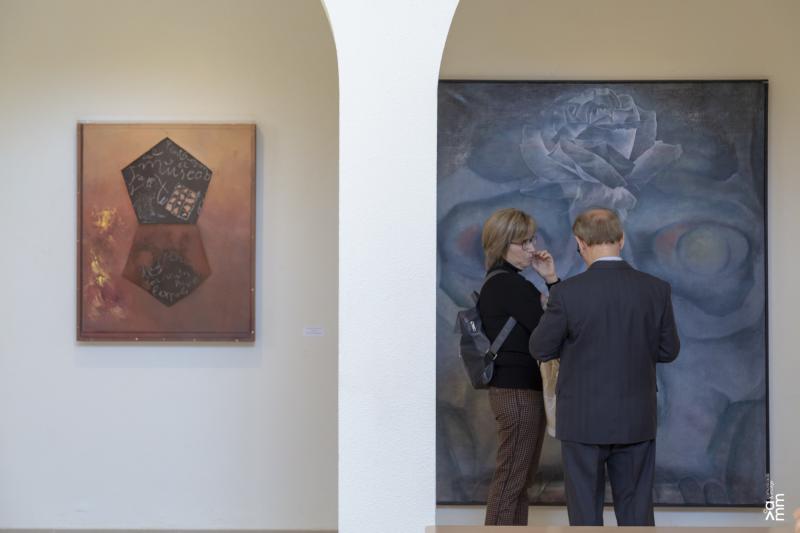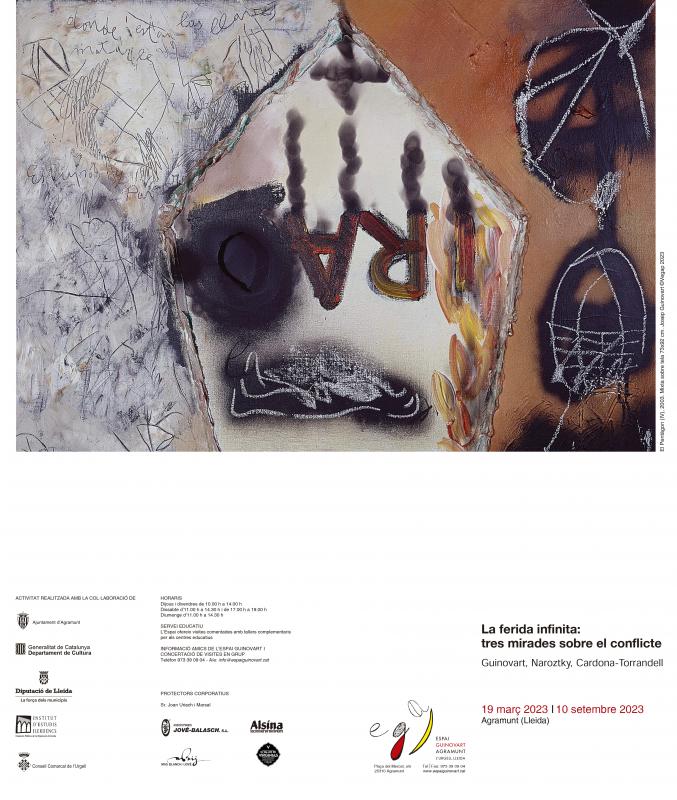The Infinite Wound: Three Perspectives on the Conflict
Guinovart, Naroztky, Cardona-Torrandell
Art Degraded, Imagination Denied; War Governed the Nations
William Blake, The Laocoon (c.1826-27)
Art has the power to exorcise the darkest parts of the human being and to make apprehensible to us the most abject acts perpetrated by our fellow human beings. There are few things so ingrained in human nature as the irrepressible urge to use violence to take from others what is theirs. War, on whatever scale, is a never-ending wound that crosses humanity from the earliest hominids to the most rabid modern day.
Throughout history, war has always had one main focus: the front lines and battlefields, often leaving the collateral damage of civilians and looted or destroyed populations in the background. It was not until the 20th century that this boundary completely disappeared: from the Second World War onwards, direct attacks on civilian populations became commonplace. The 20th century is probably the century in the history of art in which there is the most direct relationship between artistic production and war.
In this exhibition we propose a dialogue between three artists of the same generation who witnessed all the major war conflicts of the 20th century and part of the 21st: Norman Narotzky (1928), Armand Cardona Torrandell (1928) and Josep Guinovart (1927). Narotzky, a Jew and North American who settled in Spain in the 1950s, was marked by the weight of the Holocaust on Jewish culture and the militarism of the United States in the successive wars in which it became involved after the Second World War. The works shown here, all of them from 1968 to 1978 and belonging to the series "Images of Life and Death", coincide chronologically with the final years of the Vietnam War and, evidently, with the tension of the Cold War.
For his part, Cardona Torrandell lived through the Civil War in Vilanova i la Geltrú and became interested in the world war during the 1940s, still very young, which was to mark him throughout his career. In fact, the shape of the atomic mushroom accompanies Cardona Torrandell throughout part of his informalist period - and beyond - as do the constant references to massacres and exterminations of people both in the Holocaust and in other armed conflicts.
Guinovart, on the other hand, spent the Civil War in Agramunt, where he was to define himself as an artist and, like Cardona Torrandell, experienced most of the wars of the 20th century from Catalonia, but also the first wars of the 21st. The latter, mainly the war in Iraq, but also the war in Bosnia in the 1990s, are Guinovart's approaches to war that we can see in the exhibition.
William Blake said (and Cardona Torrandell quotes him) that "art degraded and imagination denied, War ruled the nations". It is precisely through imagination and art that this exhibition aims to confront, from three very different points of view - but with many common experiences - the aesthetic experience that this trio of artists synthesised from the experience (direct or vicarious) of the great disasters of the wars that have brought us to where we are today.
Jordi Garrido
Curator of the exhibition

